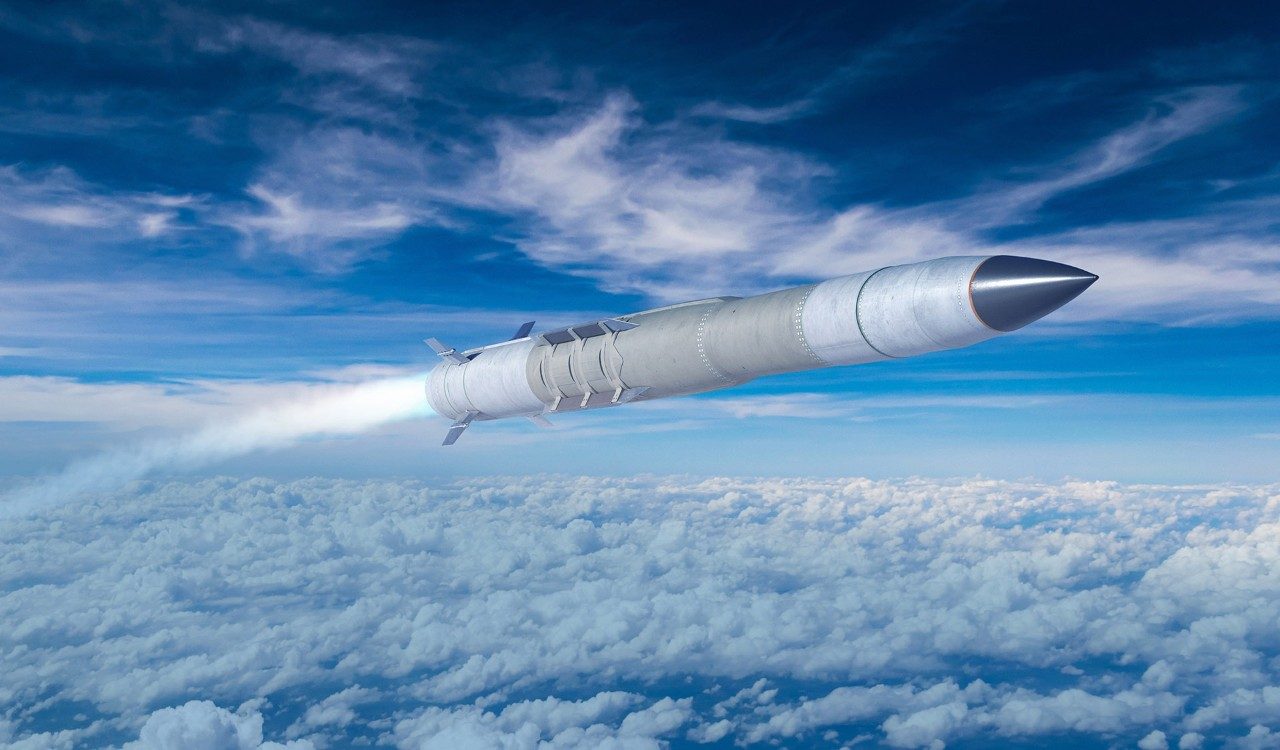
Japan has completed the first delivery of domestically produced Patriot Advanced Capability-3 (PAC-3) interceptors to the US under eased export restrictions.
The missiles, drawn from the Japan Air Self-Defense Force’s inventory, were sent at Washington’s request to help replenish stocks following transfers to Ukraine.
The exact number of interceptors has not been disclosed, but Nikkei reported in 2024 that it is likely around 10. While modest in quantity, the shipment sets a precedent and could pave the way for further orders.
This follows Tokyo’s 2023 revision of the 2014 Three Principles on the Transfer of Defense Equipment and Technology, allowing Japan-made defense equipment under foreign license to be exported to the licensing country and onward to third nations.
Used in Japan as part of its antiballistic missile shield, the interceptors will be employed exclusively by the US and will not be transferred to any third country.
“We have confirmed with the US government that these will supplement US military inventory, will not be provided to any other government but the US government, and will contribute to our national security and peace and stability in the Indo-Pacific region,” Japan’s Chief Cabinet Secretary Minoru Kihara was quoted as saying.
PAC-3 Interceptor
Featuring an active Ka-band radar seeker and hit-to-kill capability, the PAC-3 represents a major leap over the fragmentation-based PAC-2 system.
It is purpose-built to intercept tactical ballistic missiles with high precision.
Mitsubishi Heavy Industries produces roughly 30 PAC-3 interceptors per year in Japan under license from Lockheed Martin, with the capacity to double output once key components — most notably Boeing-built seekers — are no longer a production bottleneck, Reuters reported.
Tokyo and Washington are also considering co-producing the more advanced PAC-3 Missile Segment Enhancement (MSE), along with the Advanced Medium-Range Air-to-Air Missile.
The MSE is faster and more maneuverable than its predecessors, with a price tag of approximately $4 million per missile.